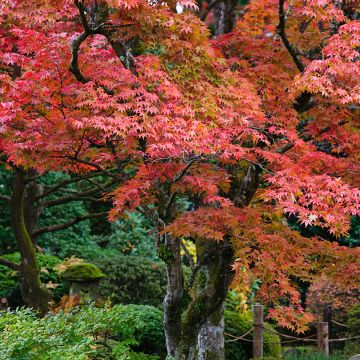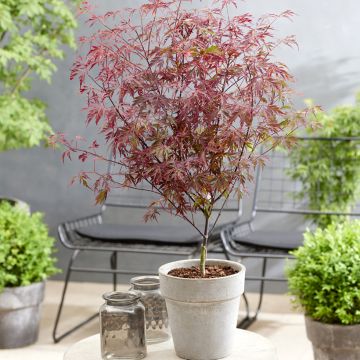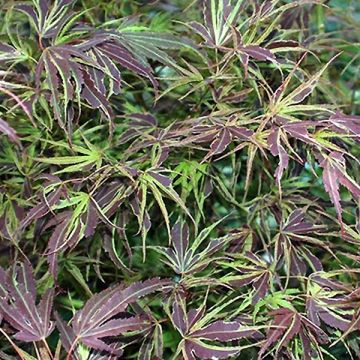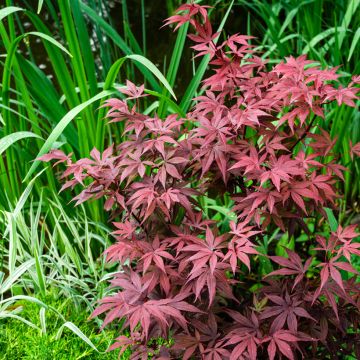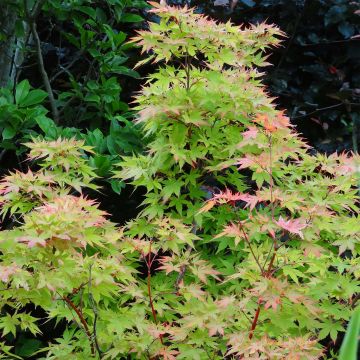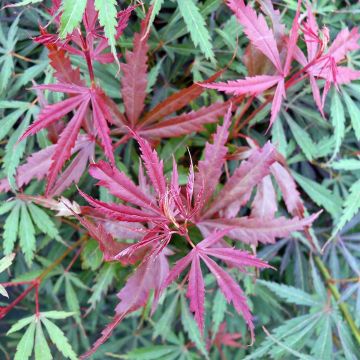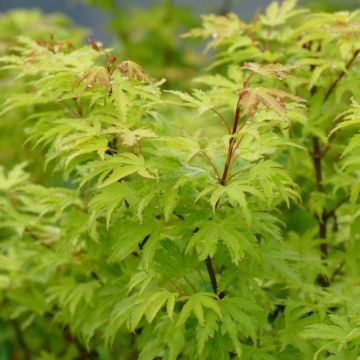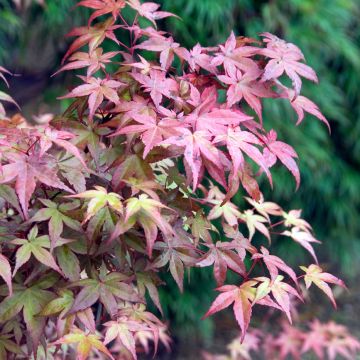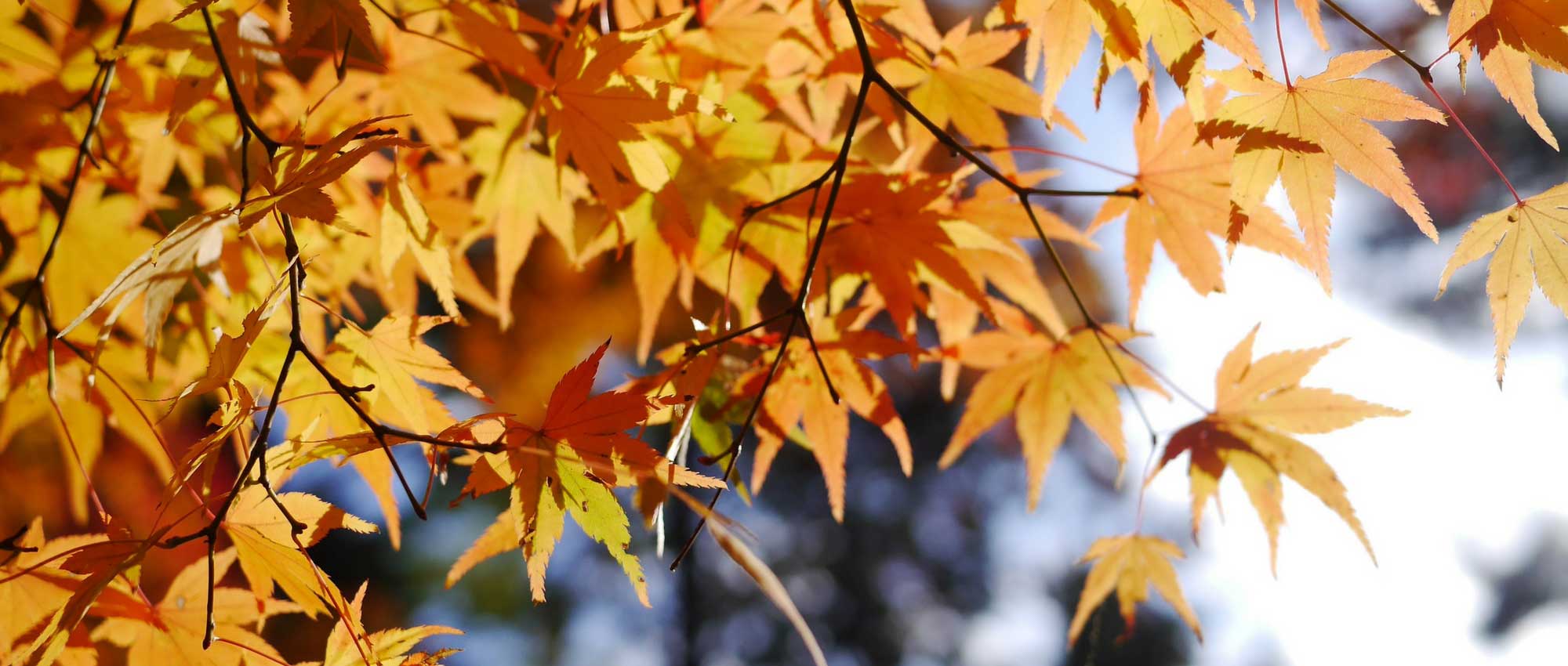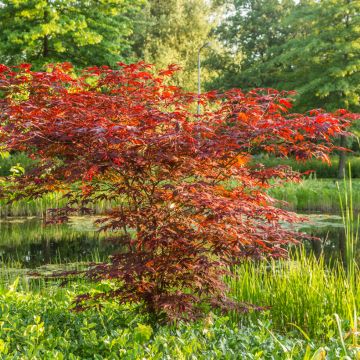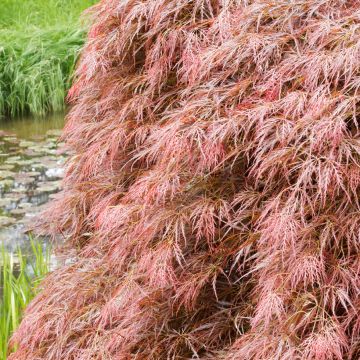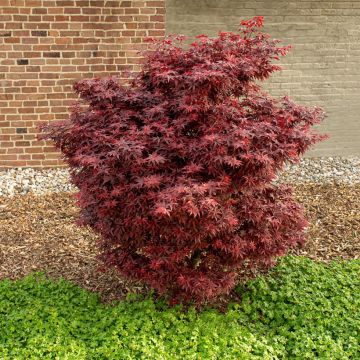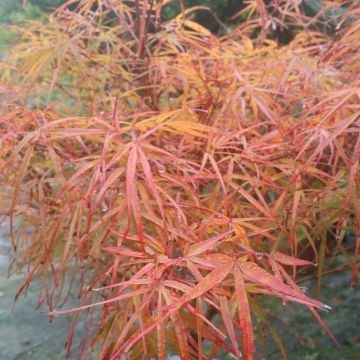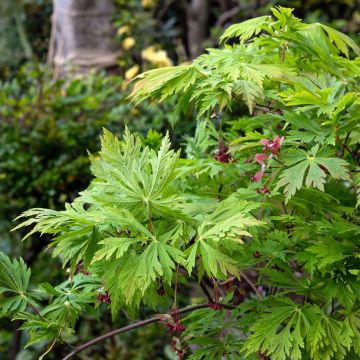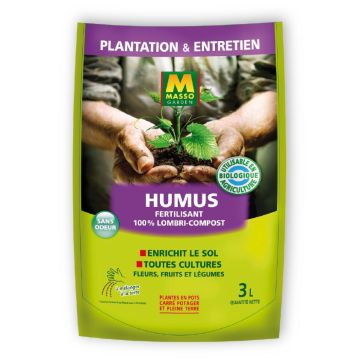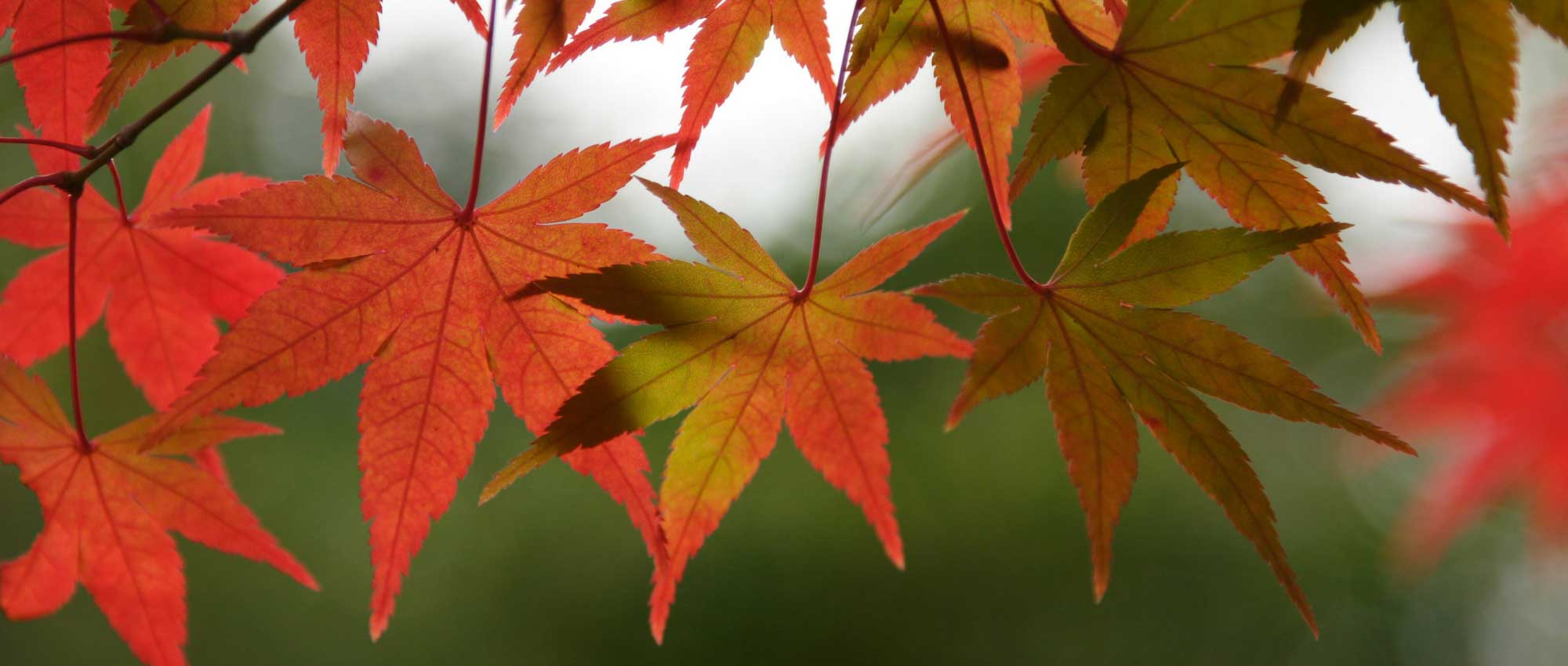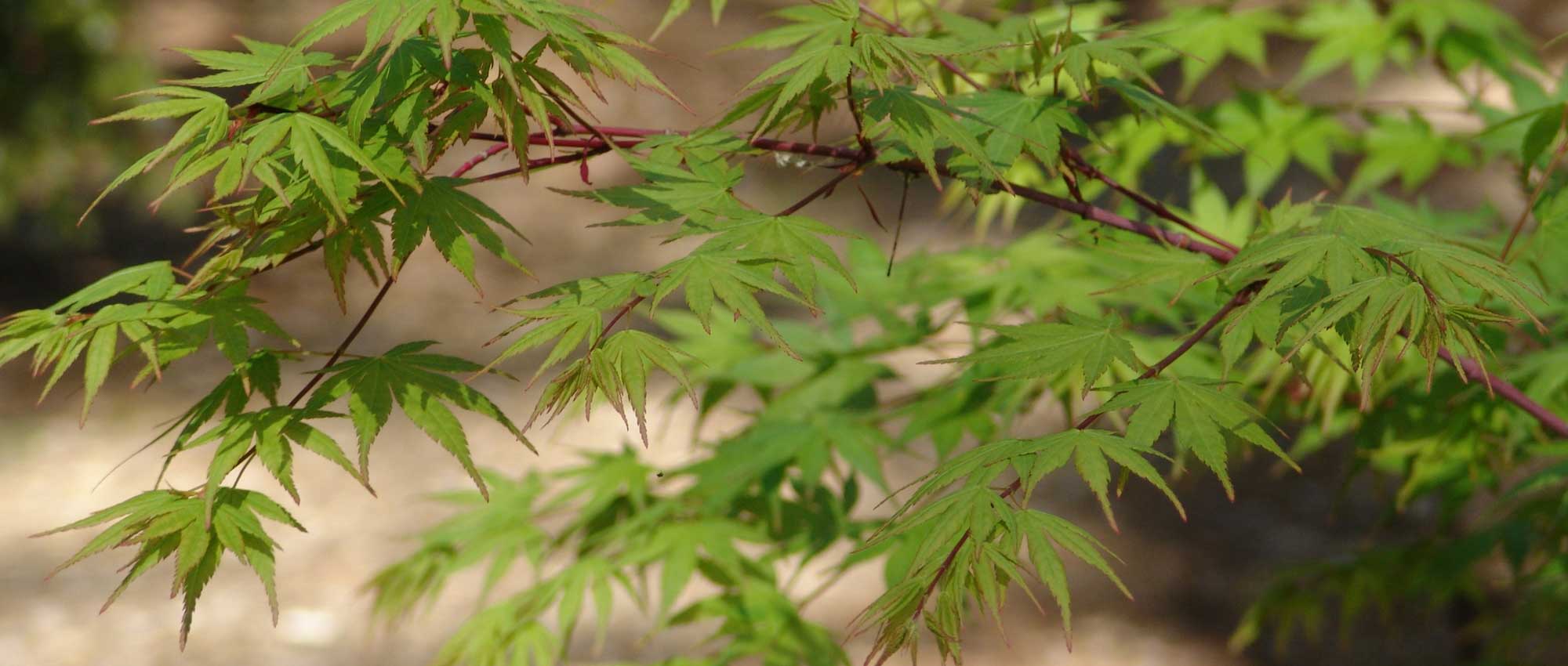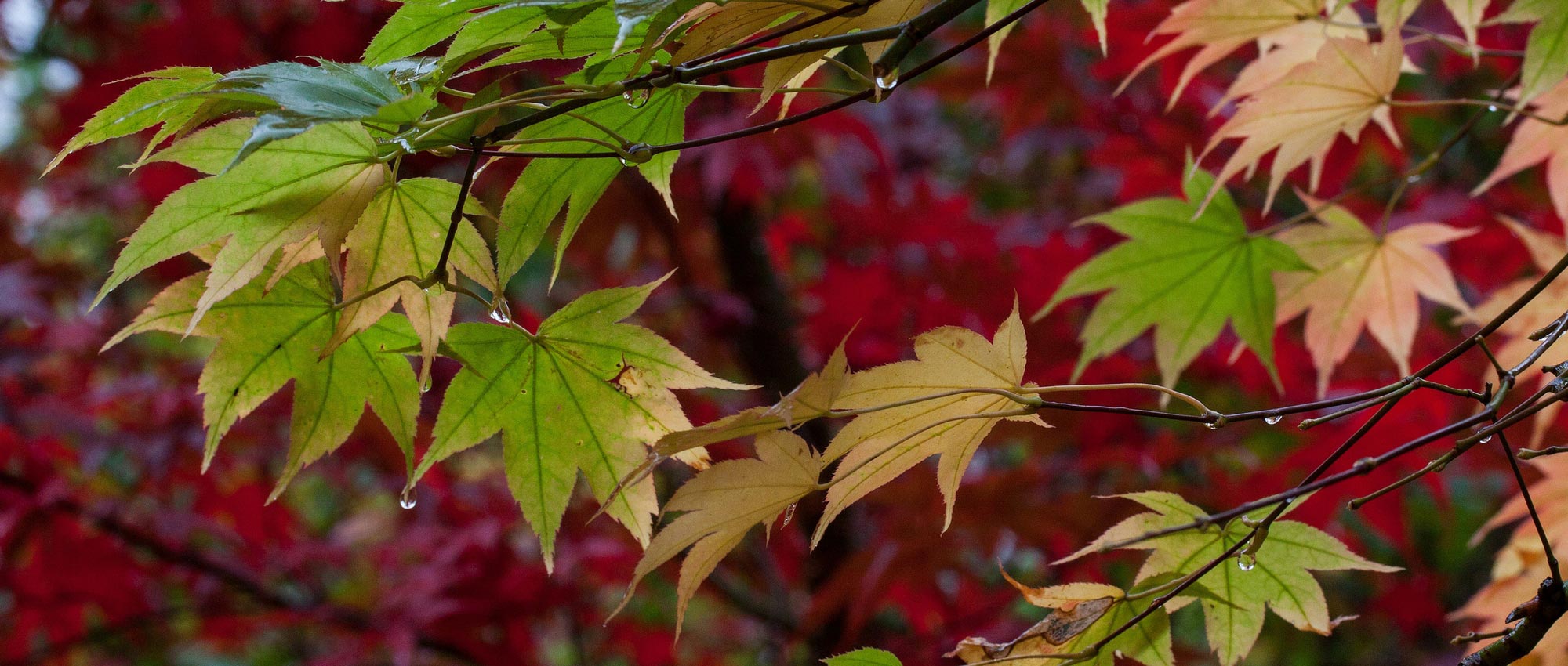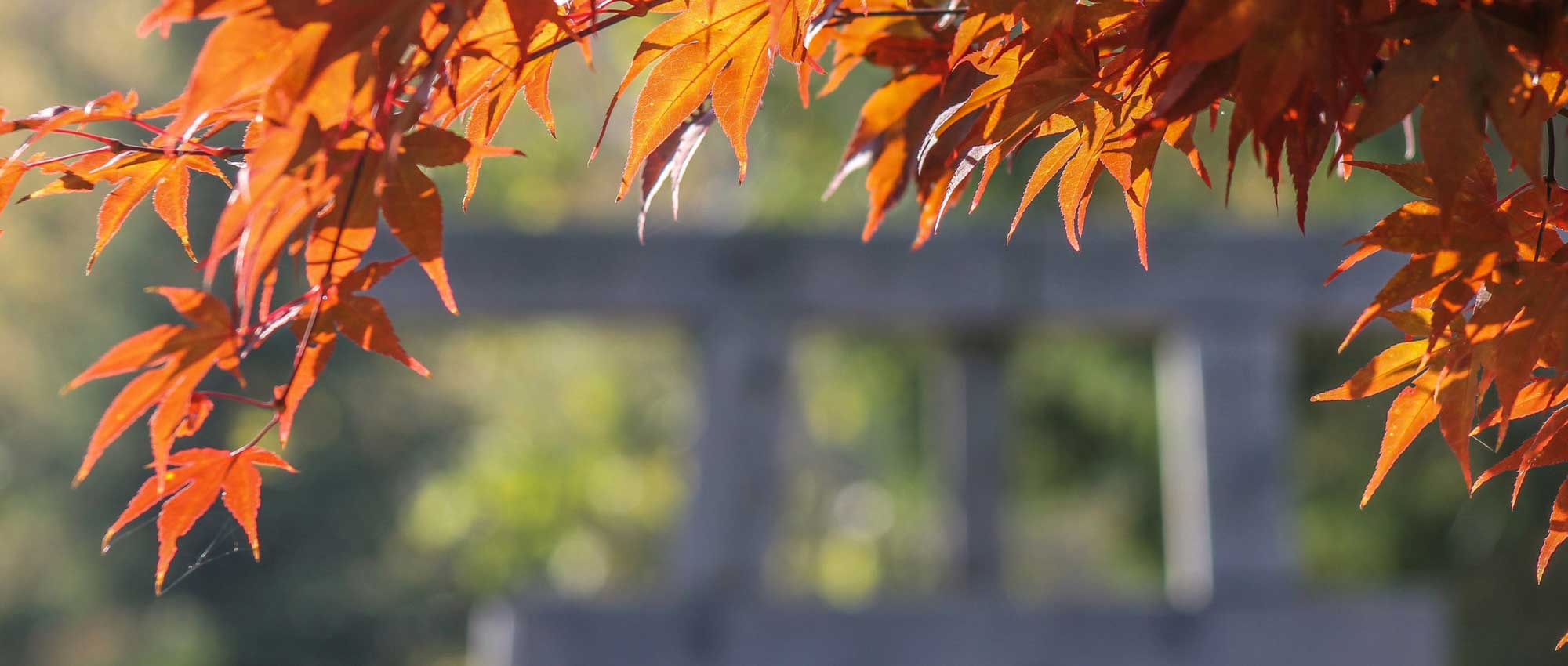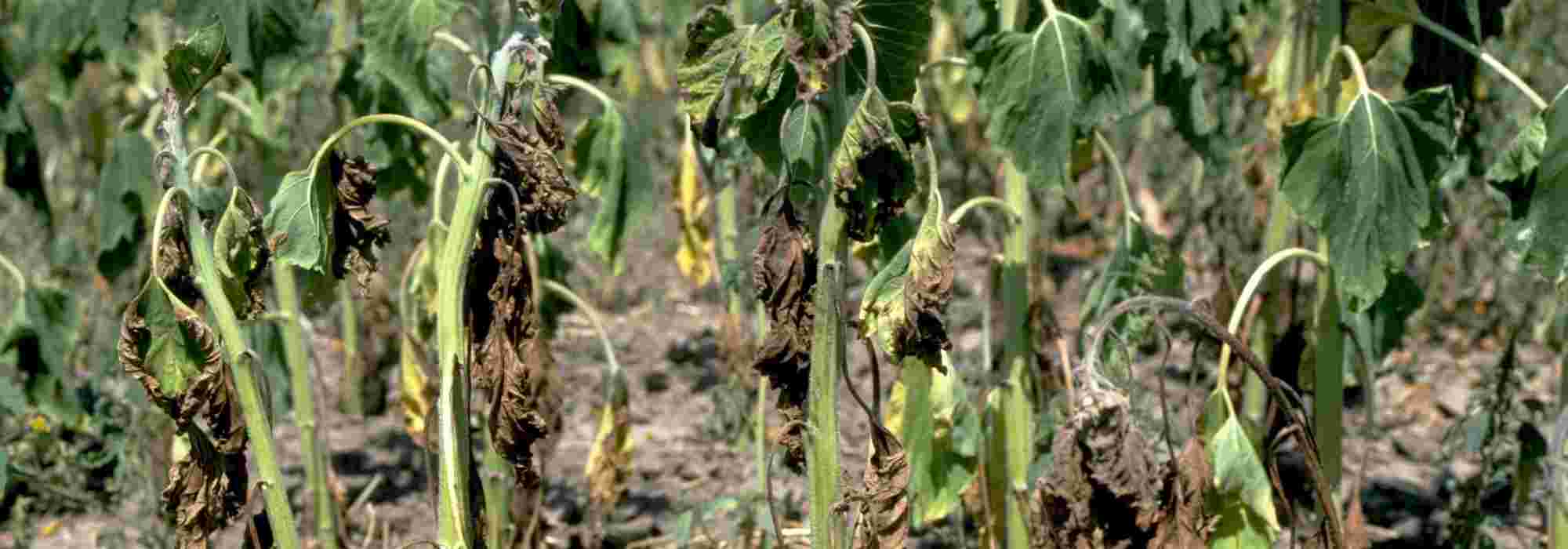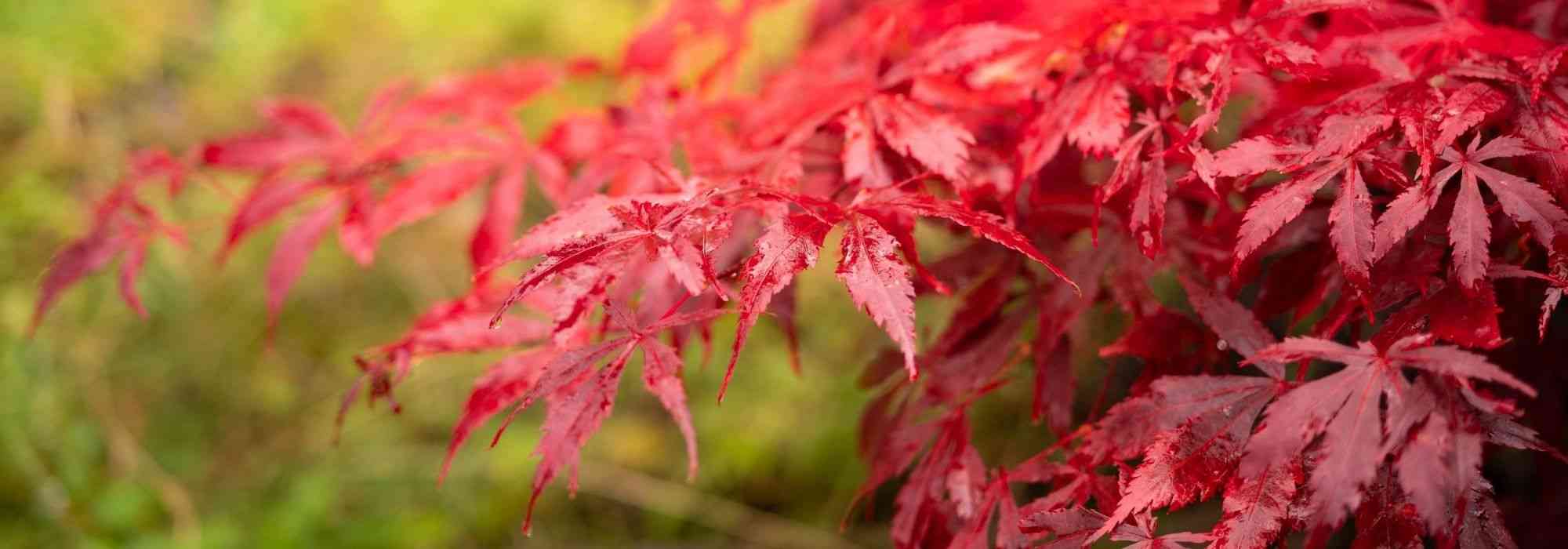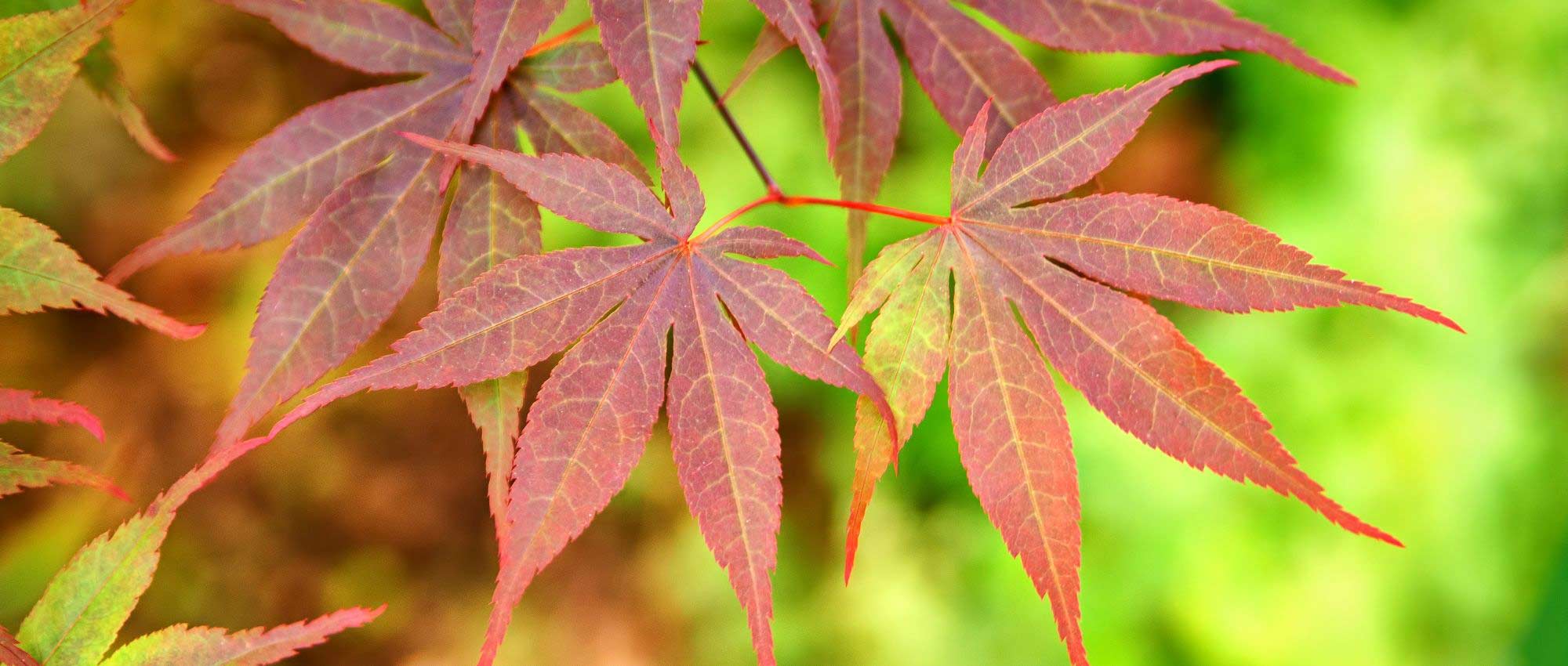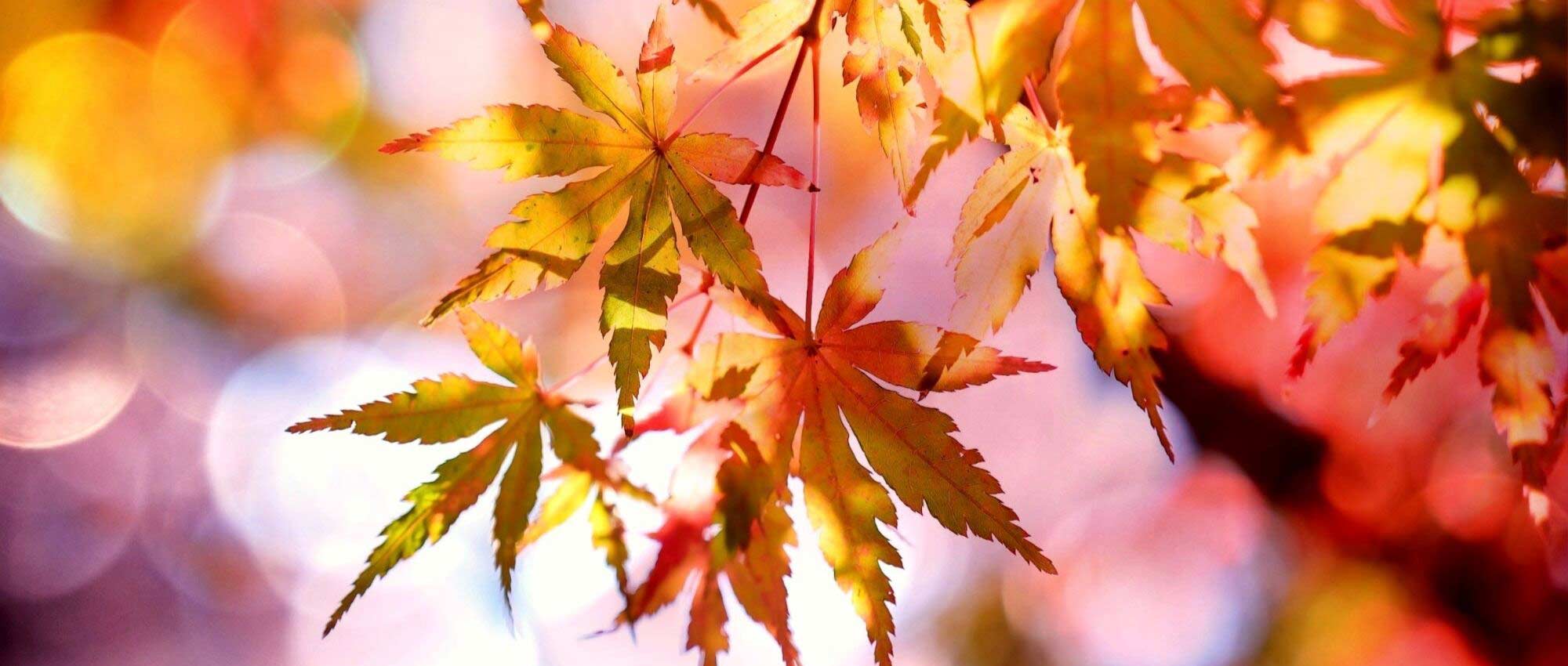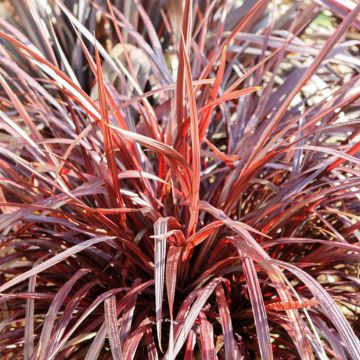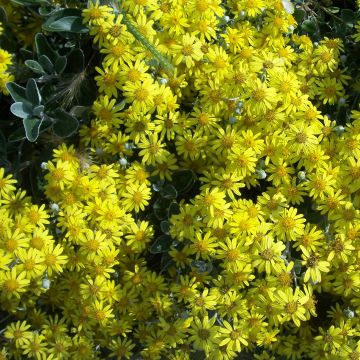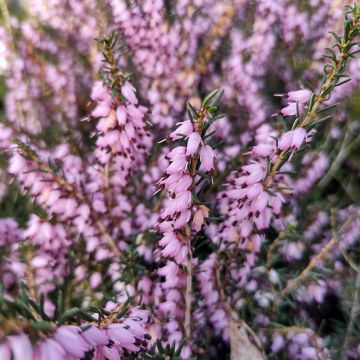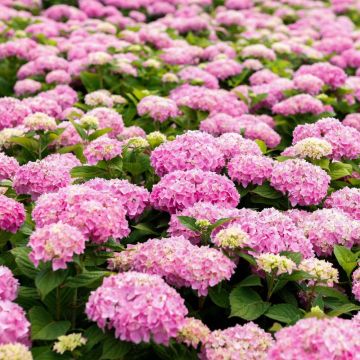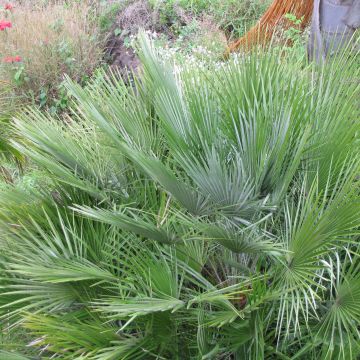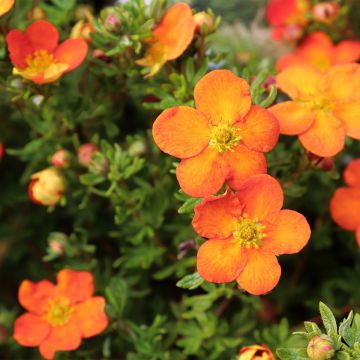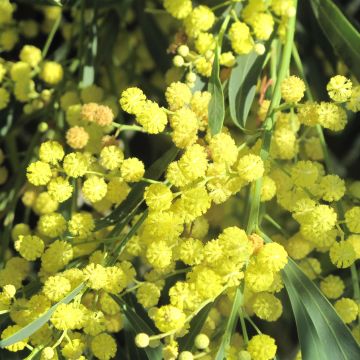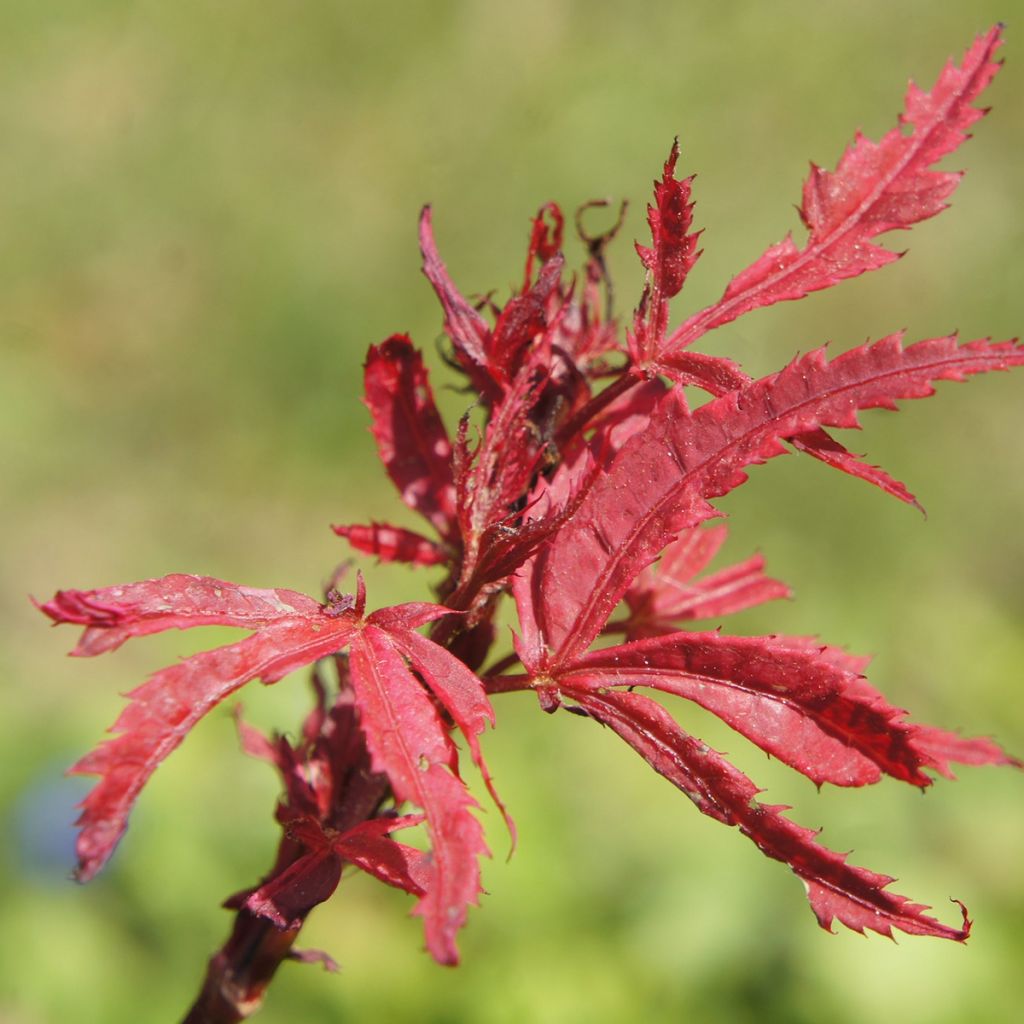

Acer palmatum Shirazz - Japanese Maple
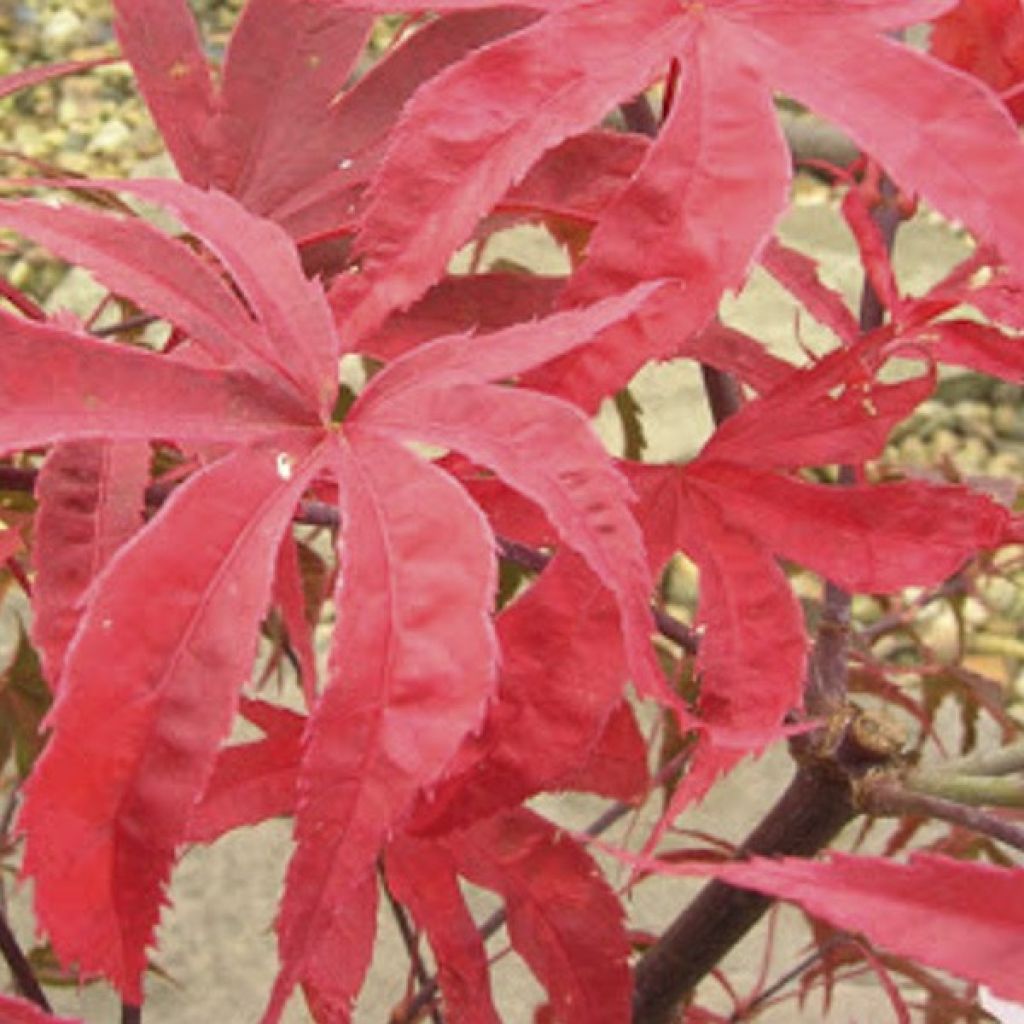

Acer palmatum Shirazz - Japanese Maple
Acer palmatum Shirazz - Japanese Maple
Acer palmatum SHIRAZZ
Japanese Maple, Smooth Japanese Maple
Special offer!
Receive a €20 voucher for any order over €90 (excluding delivery costs, credit notes, and plastic-free options)!
1- Add your favorite plants to your cart.
2- Once you have reached €90, confirm your order (you can even choose the delivery date!).
3- As soon as your order is shipped, you will receive an email containing your voucher code, valid for 3 months (90 days).
Your voucher is unique and can only be used once, for any order with a minimum value of €20, excluding delivery costs.
Can be combined with other current offers, non-divisible and non-refundable.
Why not try an alternative variety in stock?
View all →This plant carries a 24 months recovery warranty
More information
We guarantee the quality of our plants for a full growing cycle, and will replace at our expense any plant that fails to recover under normal climatic and planting conditions.
Does this plant fit my garden?
Set up your Plantfit profile →
Description
Acer palmatum Shirazz is a variety of Japanese maple that stands out for its unusual foliage, both in terms of texture and colour. Its palmate leaves are slightly crumpled, and they transition successively from purplish-red edged with fuchsia pink in spring to bronze-green edged with brown-pink in summer, before reaching a stunning autumn display of scarlet red. Not very tall and rather upright, this small tree makes a choice specimen to highlight in a small garden or in a large pot on a terrace. It doesn't like scorching sun and drought but always prefers partial shade in moist, well-drained, non-calcareous, but rather rich soil.
Acer palmatum is native to eastern China, Korea, and Japan. Like all maples, it belongs to the sapindaceae family. The cultivar 'Shirazz' is notable for its remarkably coloured foliage from spring to autumn. It is a small hardy tree of slow growth, with a graceful habit, developing a slender trunk that supports a light, fairly broad, slightly spreading branch structure. Ultimately, it will reach 3 m in height and approximately 2 m in spread in open ground, depending on the growing conditions. Its growth will be more moderate in a pot. Its deciduous foliage is composed of palmate leaves, deeply cut into 7 to 9 narrow and pointed lobes, slightly swollen, and toothed at the edges. The leaves change colour with the seasons, showcasing a magnificent red hue in autumn before falling. The flowers, grouped in small clusters in April, are insignificant, but the fruits in late summer with red recurved wings adorn the garden until they drop in autumn.
Acer palmatum 'Shirazz' can be placed as a solitary specimen on a shaded lawn, or in ericaceous soil beds, alongside azaleas, pieris, rhododendrons, hydrangeas, and azaleas. It can also form a magnificent bonsai to be cultivated in a shallow dish. In a shaded bed, plant early flowering bulbs, hellebores, hostas, and epimediums at its base. Despite its delicate appearance, this small tree is quite robust; it only requires light, well-drained soil that is not too poor, ideally acidic to neutral, and a few waterings during dry spells.
Tip: Treat with Bordeaux mixture preventively to avoid attacks from Verticillium.
Acer palmatum Shirazz - Japanese Maple in pictures


Plant habit
Flowering
Foliage
Botanical data
Acer
palmatum
SHIRAZZ
Aceraceae
Japanese Maple, Smooth Japanese Maple
Cultivar or hybrid
Other Japanese Maples
View all →Planting and care
Acer palmatum Shirazz should be planted in spring or autumn in preferably acidic, moist, well-drained soil that is not overly wet, in a semi-shaded position, even in shade, and sheltered from cold, dry winds. The Verticillium disease that affects many Japanese maples will develop less easily in substrates that dry out between waterings. Add a significant amount of organic matter every 3 years to ensure a good humus content in the soil. Mulch the soil if necessary and shower the foliage during hot evenings. Winter pruning is limited to balancing the branches. Treat for scale insects and Verticillium.
Planting period
Intended location
Care
Planting & care advice
This item has not been reviewed yet - be the first to leave a review about it.
Similar products
Haven't found what you were looking for?
Hardiness is the lowest winter temperature a plant can endure without suffering serious damage or even dying. However, hardiness is affected by location (a sheltered area, such as a patio), protection (winter cover) and soil type (hardiness is improved by well-drained soil).

Photo Sharing Terms & Conditions
In order to encourage gardeners to interact and share their experiences, Promesse de fleurs offers various media enabling content to be uploaded onto its Site - in particular via the ‘Photo sharing’ module.
The User agrees to refrain from:
- Posting any content that is illegal, prejudicial, insulting, racist, inciteful to hatred, revisionist, contrary to public decency, that infringes on privacy or on the privacy rights of third parties, in particular the publicity rights of persons and goods, intellectual property rights, or the right to privacy.
- Submitting content on behalf of a third party;
- Impersonate the identity of a third party and/or publish any personal information about a third party;
In general, the User undertakes to refrain from any unethical behaviour.
All Content (in particular text, comments, files, images, photos, videos, creative works, etc.), which may be subject to property or intellectual property rights, image or other private rights, shall remain the property of the User, subject to the limited rights granted by the terms of the licence granted by Promesse de fleurs as stated below. Users are at liberty to publish or not to publish such Content on the Site, notably via the ‘Photo Sharing’ facility, and accept that this Content shall be made public and freely accessible, notably on the Internet.
Users further acknowledge, undertake to have ,and guarantee that they hold all necessary rights and permissions to publish such material on the Site, in particular with regard to the legislation in force pertaining to any privacy, property, intellectual property, image, or contractual rights, or rights of any other nature. By publishing such Content on the Site, Users acknowledge accepting full liability as publishers of the Content within the meaning of the law, and grant Promesse de fleurs, free of charge, an inclusive, worldwide licence for the said Content for the entire duration of its publication, including all reproduction, representation, up/downloading, displaying, performing, transmission, and storage rights.
Users also grant permission for their name to be linked to the Content and accept that this link may not always be made available.
By engaging in posting material, Users consent to their Content becoming automatically accessible on the Internet, in particular on other sites and/or blogs and/or web pages of the Promesse de fleurs site, including in particular social pages and the Promesse de fleurs catalogue.
Users may secure the removal of entrusted content free of charge by issuing a simple request via our contact form.
The flowering period indicated on our website applies to countries and regions located in USDA zone 8 (France, the United Kingdom, Ireland, the Netherlands, etc.)
It will vary according to where you live:
- In zones 9 to 10 (Italy, Spain, Greece, etc.), flowering will occur about 2 to 4 weeks earlier.
- In zones 6 to 7 (Germany, Poland, Slovenia, and lower mountainous regions), flowering will be delayed by 2 to 3 weeks.
- In zone 5 (Central Europe, Scandinavia), blooming will be delayed by 3 to 5 weeks.
In temperate climates, pruning of spring-flowering shrubs (forsythia, spireas, etc.) should be done just after flowering.
Pruning of summer-flowering shrubs (Indian Lilac, Perovskia, etc.) can be done in winter or spring.
In cold regions as well as with frost-sensitive plants, avoid pruning too early when severe frosts may still occur.
The planting period indicated on our website applies to countries and regions located in USDA zone 8 (France, United Kingdom, Ireland, Netherlands).
It will vary according to where you live:
- In Mediterranean zones (Marseille, Madrid, Milan, etc.), autumn and winter are the best planting periods.
- In continental zones (Strasbourg, Munich, Vienna, etc.), delay planting by 2 to 3 weeks in spring and bring it forward by 2 to 4 weeks in autumn.
- In mountainous regions (the Alps, Pyrenees, Carpathians, etc.), it is best to plant in late spring (May-June) or late summer (August-September).
The harvesting period indicated on our website applies to countries and regions in USDA zone 8 (France, England, Ireland, the Netherlands).
In colder areas (Scandinavia, Poland, Austria...) fruit and vegetable harvests are likely to be delayed by 3-4 weeks.
In warmer areas (Italy, Spain, Greece, etc.), harvesting will probably take place earlier, depending on weather conditions.
The sowing periods indicated on our website apply to countries and regions within USDA Zone 8 (France, UK, Ireland, Netherlands).
In colder areas (Scandinavia, Poland, Austria...), delay any outdoor sowing by 3-4 weeks, or sow under glass.
In warmer climes (Italy, Spain, Greece, etc.), bring outdoor sowing forward by a few weeks.


































